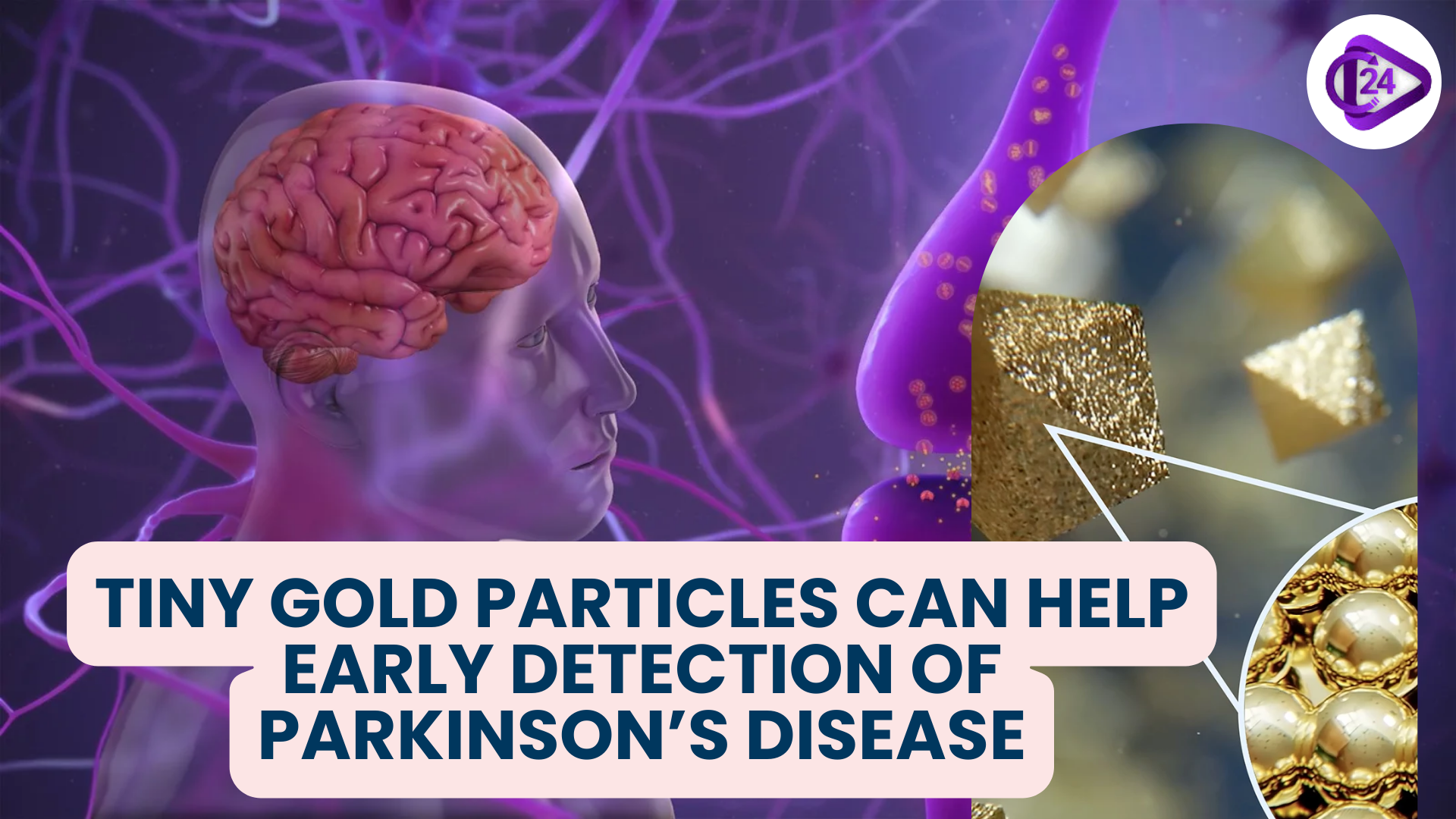
Scholars at the Institute of Nano Science and Technology (INST) in Mohali have discovered a breakthrough nanotechnology that would help in early detection of PD. The team produced a biosensor with gold nanoclusters that differentiate between toxic and healthy morphologies of the α-synuclein protein associated with PD. The tool has the capacity to identify the illness at early stages and therefore there is the potential that the disease can be addressed at an early stage and the quality of life improved. The variation is valid in other neurodegenerative disorders such as Alzheimer and this study has been accepted in publication in Nanoscale.
Context of points:
-
The study will focus on early detection of Parkinson Disease, which has been increasingly becoming a menace across the world today with the aid of nanotechnology.
-
Gold nanoclusters offer the next means of distinguishing between forms of proteins and thus lead to earlier diagnosis of neurodegenerative diseases
Key Points:
-
Parkinson Disease and the Early Detection Requirement
-
PD is a very quick growing nerve condition and early identification of it can facilitate its management.
-
Brain damage often leads to diagnosis after much damage causing early diagnosis to be important in the chances of treatment.
Gold NanoClusters as a Detection Tool
-
They incubated gold nanoclusters that are tiny glowing particles and coated with amino acids to bind with different forms of the 2-synuclein.
-
The regular protein interacts with Proline-coated nanoclusters whereas the toxic forms interact with histidine-coated nanoclusters; the latter can be identified easily.
Design/Experimental Process and Validation
-
The group synthesized and purified two types of a -synuclein protein (normal and mutant) as well as gold nanoclusters.
-
Several advanced methods such as a UV-Vis spectroscopy and electron microscopy were implemented to determine the characteristics of the nanoclusters and confirm that these clusters interact with the protein.
A Possible Wider Applicability
-
The technology can be used to screen other diseases associated with misfolded proteins e.g. Alzheimer disease.
-
The design should be low-cost, label-free and clinically adaptable that can be used as a point-of-care testing.
Cooperation and Prospects
-
Principal Investigator Dr. Sharmistha Sinha and students and colleagues at IMTECH, Chandigarh handled this project.
-
The study has already been approved to be published by the journal Nanoscale, which means its further evolution and clinical application are likely to be developed.
Conclusion:
A gold nanocluster based biosensor is a major innovation concerning the early-stage detection of Parkinson disease. This new technology will transform how we treat neurodegenerative diseases, as it will be possible to treat them at an early stage or manage them better. It may also have a contribution to make to world attempts to deal with Parkinson disease, Alzheimer disease, and other protein misfolding diseases, with further development.



 Google Quantum Technology: Revolutionizing Drug Discovery & Materials Design
Google Quantum Technology: Revolutionizing Drug Discovery & Materials Design India’s GalaxEye Set to Launch Pioneering Multi-Sensor EO Satellite in 2026
India’s GalaxEye Set to Launch Pioneering Multi-Sensor EO Satellite in 2026 World’s 1st Functioning AI-designed Viral Genome
World’s 1st Functioning AI-designed Viral Genome AI-led Efficiencies Could Contribute to 8% GDP Growth Target: NITI Aayog
AI-led Efficiencies Could Contribute to 8% GDP Growth Target: NITI Aayog India Projects Five-fold Growth in Space Economy to $44 Billion by 2033
India Projects Five-fold Growth in Space Economy to $44 Billion by 2033 Ministry of Tribal Affairs to Launch the Beta Version of “Adi Vaani”
Ministry of Tribal Affairs to Launch the Beta Version of “Adi Vaani” UNGA Launches Two New Initiatives to Strengthen Global Cooperation on AI Governance
UNGA Launches Two New Initiatives to Strengthen Global Cooperation on AI Governance ISRO holds Air Drop Test for Gaganyaan Mission
ISRO holds Air Drop Test for Gaganyaan Mission National Space Day 2025 Celebrated Across India
National Space Day 2025 Celebrated Across India






